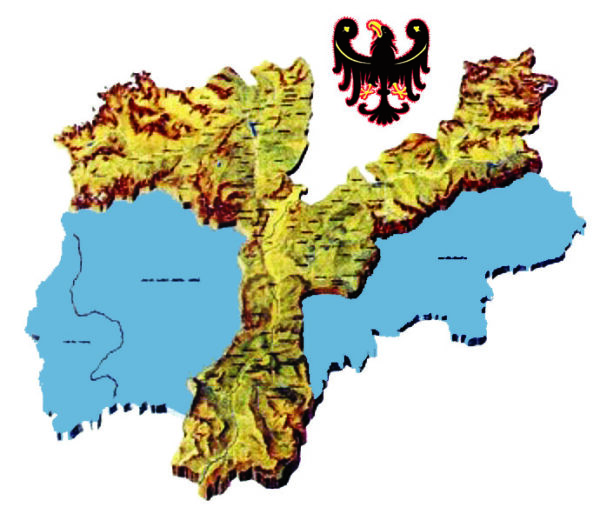December 04, 2021
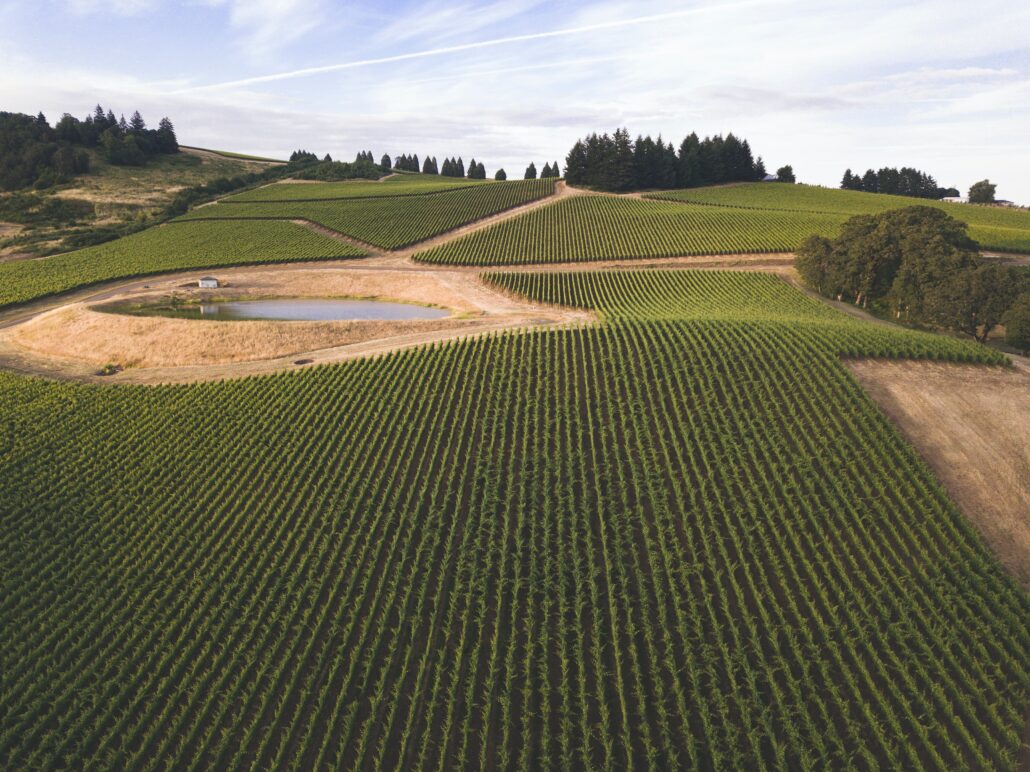
Trentino has an average year precipitation of more than 1000 mm with obvious differences in space and time as some areas of the territory receive more rain than others. All in all, the yearly volume of water from precipitation accounts to 11.7 billion m3 since 2.3 billion are lost through evaporation and evapotranspiration [1]. In Trentino, there are 14,000 capture points catching water from springs and wells, waterways (rivers and lakes) and underground. In addition to them, there are plenty of “artificial lakes” (reservoirs) that have been set up for hydroelectric purposes to supply for the ever increasing need of water. They provide for 394 million m3 of water which accounts for 8 % of the needs. Just to compare Trentino with the “rest of the world”, while irrigated land accounts for only 20 % of the global cultivated area, it contributes to about 40 % of crop production [2]. These numbers prove that Trentino enjoys a good availability of water but particularly in the plain areas of the territory, in the last years, the situation has started to change due to changes in weather and climate regimes.
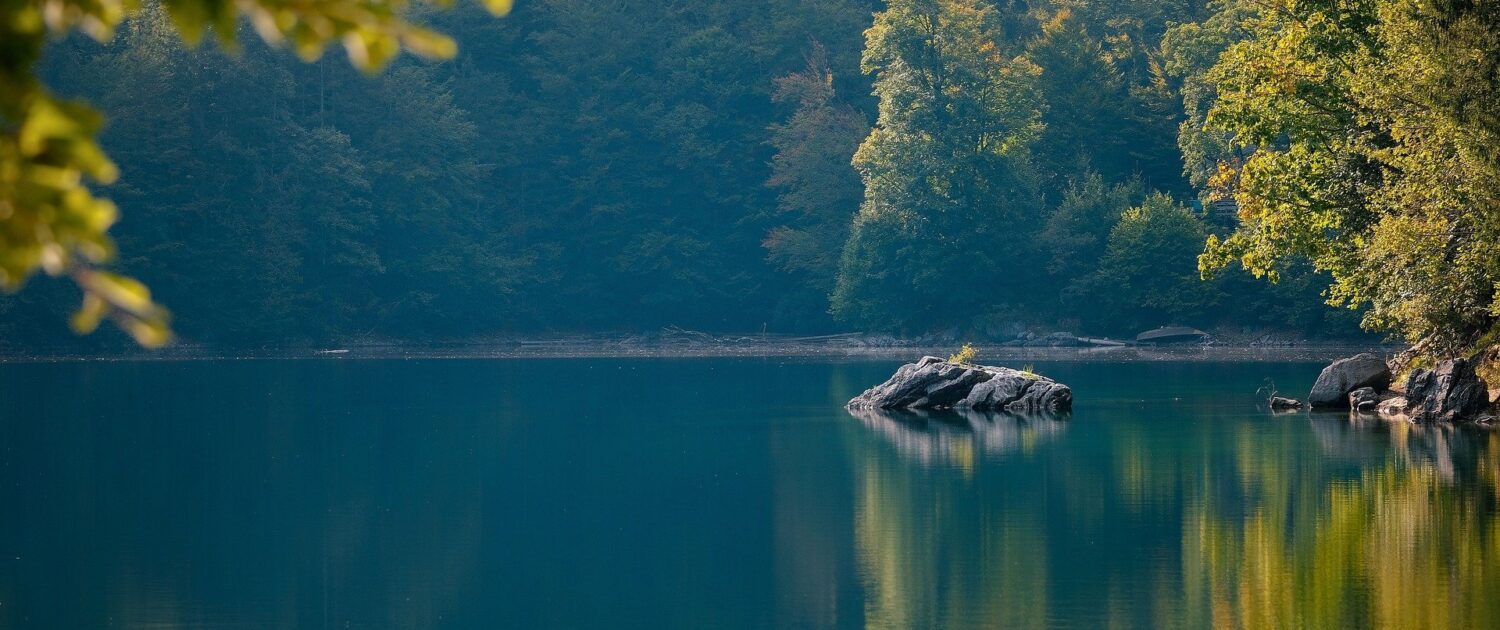
Fig. 1: lakes and water reservoirs are important capture points in Trentino (photo by shogun on Pixabay).
Several reports by Meteotrentino prove that the last two years have been warmer and drier: 2019, for instance, has been the second warmest year ever recorded (after 1850), and Trentino has registered temperatures higher than 1.5 – 2 °C, if compared to the period 1961-1990. The year 2020 has not been different: monthly data show higher temperatures (particularly in the Fall) and lower precipitation as well as the first months of 2021. In particular, March 2021 has been characterized by particularly strong winds and zero precipitations. This inevitably translates in the global warmer and drier climatic regimes happening worldwide, meaning that Trentino is no different than other areas [3].
Withstanding the complexity of the situation, we need to envisage a versatile strategy that takes into serious considerations the weather patterns while posing alternatives to catching water from sources commonly used in irrigation and perhaps making irrigation more sustainable (for instance, by making crops more efficient). One viable solution could be the use of crops which are less greedy of water or promote the use of varieties that require less irrigation. Irrigation, on the other hand, must be efficient through the use of digitalization and the conversion to sustainable methods (drip irrigation, micro-irrigation and precision irrigation). A complex strategy like this must be based on funds and agreements between the different stakeholders but above all on instilling an education in the public and private sector, acting also on the younger generations. The European Common Policy (CAP) can surely be the way to make it happen. While farmers consider irrigation to be sustainable when it provides uninterrupted access to water resources at a price not exceeding the marginal revenue that they generate (clearly without accounting for environmental externalities), from the standpoint of water resources, irrigation is sustainable if it does not deplete freshwater stocks or environmental flows [4]. It is thus crucial to take into account the strong link between territory and agriculture, as expressed by ecological status of the waterbody and the hydraulic risk.
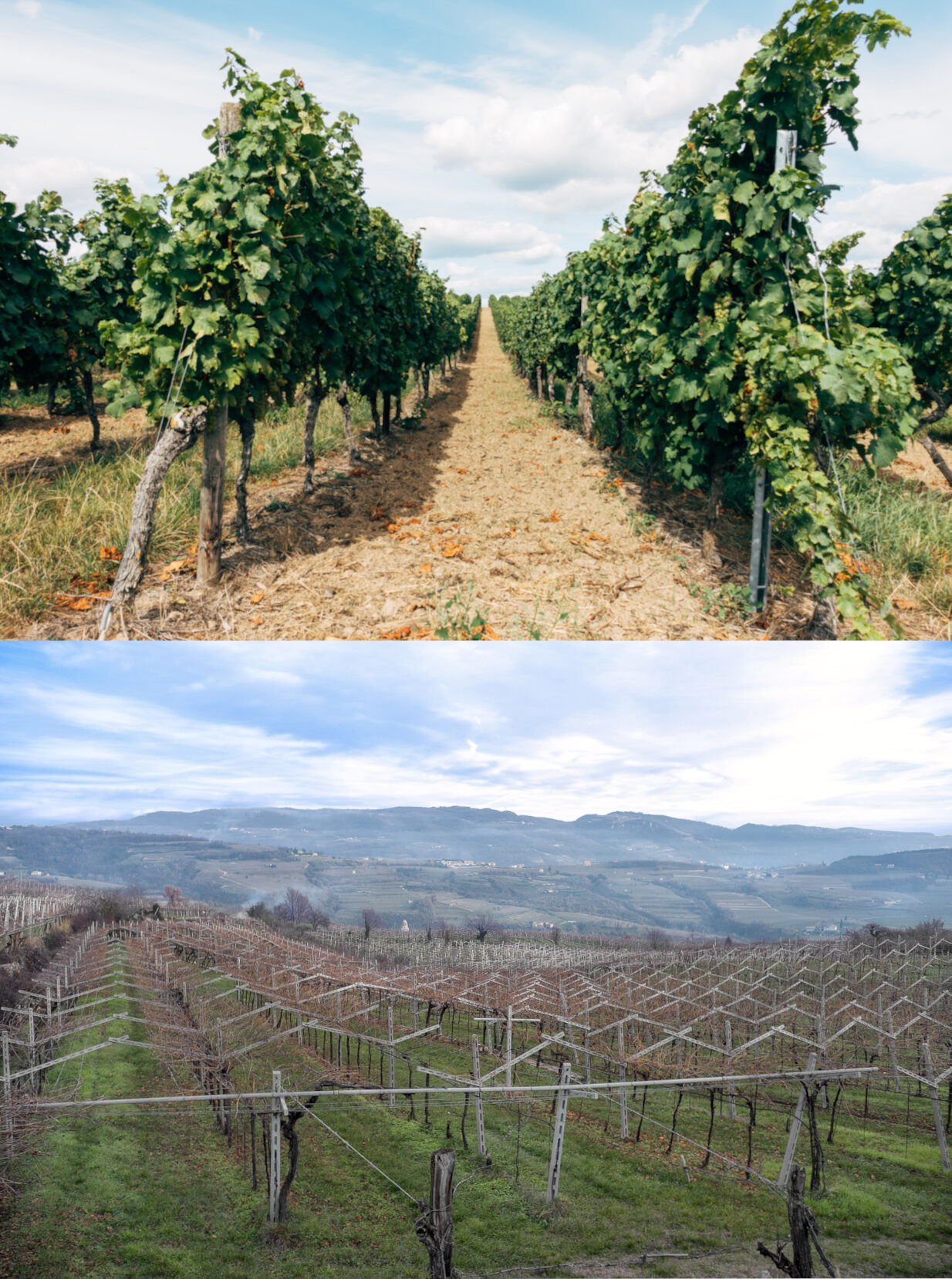
Fig. 2: drip irrigation can be used in different vine training systems and represents a more sustainable irrigaton method (figure edited from the photos by Markus Winkler on Unsplash and Fotokalde on Pixabay).
Agriculture is an important sector in Trentino’s economy and farmers have made it possible to preserve the territory while agricultural practices aimed at food production were taking place. This delicate connubium happened for many years but now climate change is calling for more action and this will be possible with the implementation of the Agenda 2030 and the Sustainable Development Goals. Trentino has made a major effort to implement them through the definition of a Provincial Strategy for Sustainable Development and in particular for the Goal no. 6 that refers to Water (Clean Water and Sanitation). The participation of citizens and stakeholders in the implementation of the Agenda, has proposed some priorities for the future years and this is a milestone and a virtuous example for their bigger involvement in the res publica [5]. Here are some ideas to make Trentino more sustainable for water use:
• Rationalize the use of water in the sectors that use a lot of water, like agriculture with a common focus on the sustainable use of the resource. This action would start from a proper education of the stakeholders.
• Promote a common culture of water by involving citizens with meaningful initiatives (e.g., citizen science events). This would inform the general public about the need of preserving the resource.
• Enhance the availability and accessibility of water data in the territory, involving all the stakeholders. The implementation of such data would help set up monitoring and research studies.
• Evaluate the caption of water by private citizens and require their action with initiatives that benefit the territory to promote, once more, the importance of water and good water management.
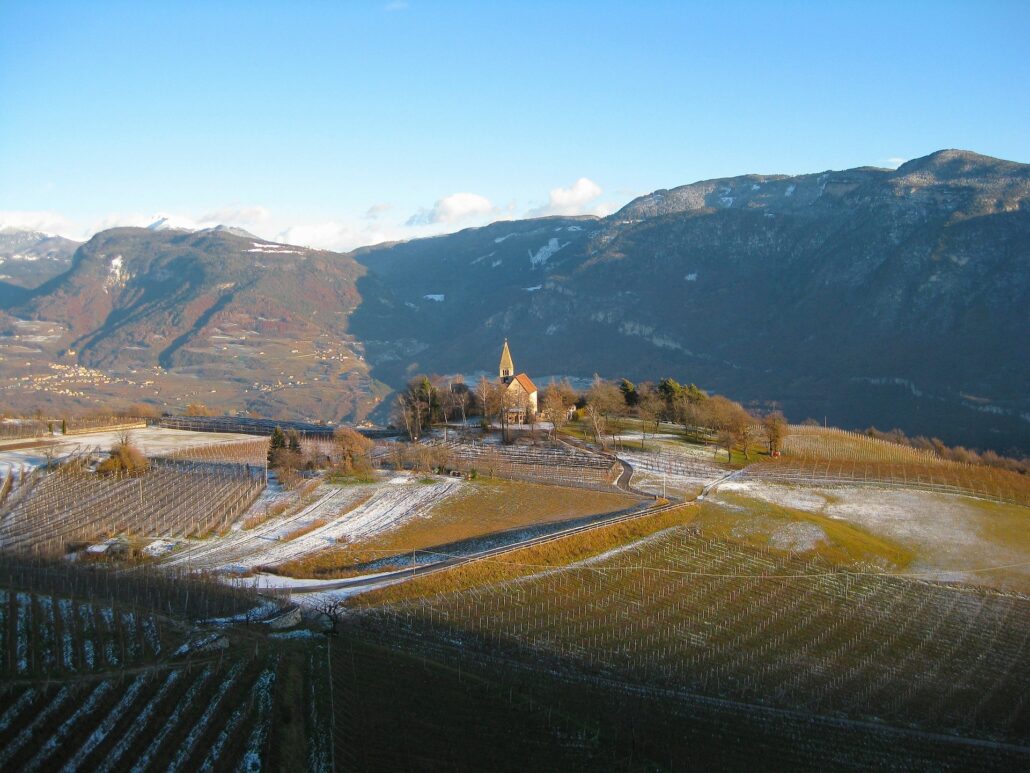
Fig. 3: typical apple orchards in Trentino-South Tyrol in winter time (photo by 12019 on Pixabay).
Bibliography:
[1] Provincia Autonoma di Trento (2006) Piano Generale di Utilizzazione delle Acque Pubbliche.
[2] Chartzoulakis K. and Bertaki M. (2015) Sustainable water management in agriculture under climate change. Agric. Agric. Sci. Procedia 4, 88-98.
[3] Meteotrentino (2019, 2020, 2021) Analisi metereologica mensile.
[4] Borsato E., Rosa L., Marinello F., Tarolli P. and D’Odorico P. (2020) Weak and strong sustainability of irrigation: a framework for irrigation practices under limited water availability. Frontiers in sustainable food systems 4, 1-16.
[5] Provincia Autonoma di Trento (2021) Report del processo partecipativo con cittadinanza ed associazioni Trentino Agenda 2030.
This article is part of the project “Environmental Blogging Boost 4 Students”, aimed at increasing the spread of agroecology and sustainable water management in Trentino. The project is financed by the BIM Adige Water Catchments Consortium (grant approved by provision n. 100 of June 06, 2021).

